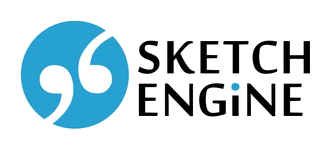polish1960s: Polish language of the 1960s
The Polish language of the 1960s corpus is a Polish corpus that captures the language of the time period in the 1960s. It consists of about 10,000 samples divided into 5 parts: essays, news, scientific texts, fiction, and plays. Each sample is about 50 words long. The texts were mostly published between 1963 and 1967. Metadata also contain title, author or publisher.
Please refer to the official website for more information: http://clip.ipipan.waw.pl/PL196x
Part-of-speech tagset and lemmatization
The polish1960s corpus was annotated by the RFTagger tool using the NKJP tagset, a POS tagset description used for the National Corpus of Polish (Narodowy Korpus Języka Polskiego).
Search the Polish 1960s corpus
Sketch Engine offers a range of tools to work with this Polish corpus.
Polish language of the 1960s corpus sizes
| Tokens | 658,852 |
| Words | 553,160 |
| Sentences | 47,885 |
| Samples | 10,080 |
Tools to work with the Polish corpus
A complete set of Sketch Engine tools is available to work with this Polish corpus to generate:
- word sketch – Polish collocations categorized by grammatical relations
- thesaurus – synonyms and similar words for every word
- keywords – terminology extraction of one-word and multi-word units
- word lists – lists of Polish nouns, verbs, adjectives etc. organized by frequency
- n-grams – frequency list of multi-word units
- concordance – examples in context
- text type analysis – statistics of metadata in the corpus
Changelog
Polish language of the 1960s
version polish1960s (January 2024)
Bibliography
Ogrodniczuk, Maciej. Nowa edycja wzbogaconego korpusu słownika frekwencyjnego. (In Polish, EN: New edition of the Enhanced corpus of the Frequency dictionary). [In:] Językoznawstwo w Polsce. Stan i perspektywy. Stanisław Gajda (ed.) Institute of Polish Philology, Polish Academy of Sciences – Linguistics Committee, Opole University. Opole 2003, pp. 181–190. ISBN 83-86881-36-4.
Use Sketch Engine in minutes
Generate collocations, frequency lists, examples in contexts, n-grams or extract terms. Use our Quick Start Guide to learn it in minutes.




